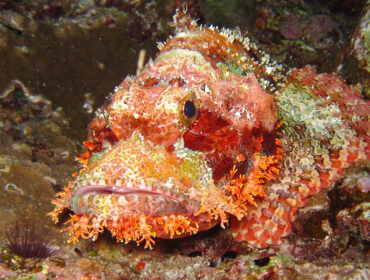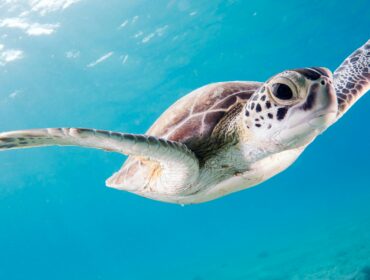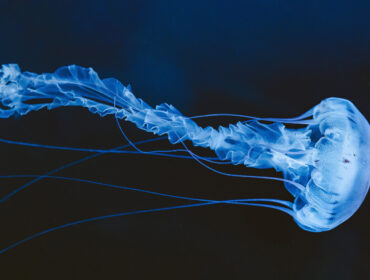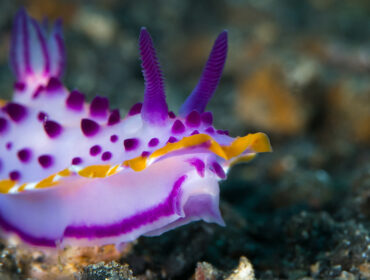The Red Sea in Egypt is a noted tourist destination for visitors from all over the world. The Red Sea formed nearly 30 million years ago. The Red Sea is noted for its beauty and also for the innumerable species of beautiful fish. These are ten of the most beautiful fish that live in the Red Sea.
Bannerfish

The bannerfish is flat, wide, and marked with alternating stripes of white, yellow, and black. It is also known as the false moorish idol in the aquarium trade, and is native to the waters of the Red Sea and South Africa, as well as the Hawaiian islands and warm-temperate Australia.
Masked Puffer

The masked puffer is a member of the pufferfish family that is only found in the Red Sea. This beautiful species is named for the dark band across its eyes and pectoral fins, usually also joined by a dark border around the mouth. Although some attempt to make the puffer puff up when they see it, the masked puffer is more attractive in its natural, unagitated state.
Masked Butterflyfish

The masked butterflyfish is also named for its physical characteristics, but there is more behind the mask than meets the eye: the masked butterflyfish is one of the few fish species that mates for life.
Rusty Parrotfish

The rusty parrotfish takes its name from the way its teeth are arranged, resembling a parrot’s curved beak. In their juvenile stage, rusty parrotfish are indeed a rusty color all over, but it eventually gives way to brilliant hues of blue and green as they mature. In the absence of the opposite sex, the rusty parrotfish can change its gender at will to keep reproduction going.
Giant Squirrelfish

The giant squirrelfish is a vibrant red color that, while completely visible to the human eye, actually helps camouflage them from predators underwater.
Clownfish

Where there’s an anemone, there’s likely to be a clownfish. Made famous by the movie, “Finding Nemo,” the clownfish is one of the cheeriest sights in the Red Sea with its alternative orange and white bands.
Emperor Angelfish

The emperor angelfish is extraordinary in that both its juvenile and adult markings are intricately patterned but completely different from one another: the juvenile phase is marked by a dark base with swirling bands of blue and white, whereas the adult phase displays vibrant blue shades around the face and outer edges with inner alternating blue and bright yellow bands. It takes 2-3 years for the transformation between juvenile and adult to be complete, but some emperor angelfish raised in aquariums may never transform at all.
Striped Surgeonfish

The striped surgeonfish is a streamlined, gracefully put together species. It is so named for two thorn-like spines located on either side of the tail that are as sharp as a surgeon’s scalpel, and venomous to boot. A quick flick of the tail is all it takes to inflict a severe wound on would-be predators. Despite its vicious defense mechanism, the striped surgeonfish eats only algae.
Falco Hawkfish

There are many varieties of hawkfish in the Red Sea, but the Falco hawkfish is one of the most visually striking with its bright red and white alternating stripes and spiny crest fin. The female of this diminutive species can interchange sex as is needed to manage the breeding group, and revert back to female if challenged by another male, successfully able to breed and lay fertile eggs.
Orange-Lined Triggerfish

There are many different species of triggerfish, but the brilliant markings of the orange-lined triggerfish of the Red Sea make it stand out among the rest. The triggerfish has three spines in its first dorsal fin, the first of which is taller than the rest, and the second that acts as a trigger for the first. The spines lay flat in their natural state, but when agitated, the trigger snaps the tallest spine upright, threatening any potential predators.




